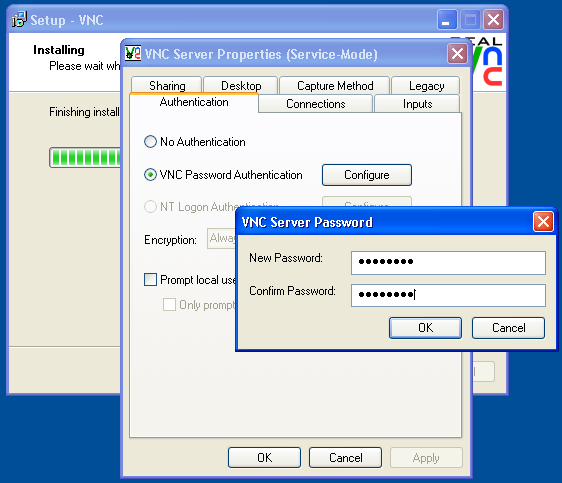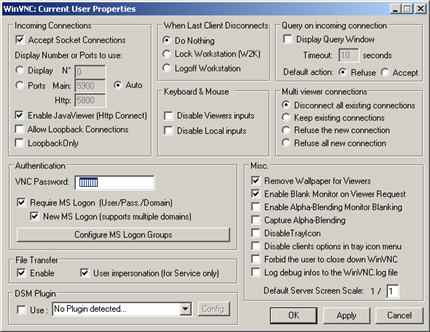
Transparent Windows as used by Vista/Win7 reduce the "compressability" of images. Try disabling further visual effects on the host like transparency.

This saves bandwitdth as only changed parts of the screen are transferred over network. For example try disabling Windows desktop effects, animations etc.
Try to reduce the amount of screen changes on your host machine. Since the service is interactive latency matters (you don't want to see the reaction to a mouse click just after 5 minutes of encoding). This touches another aspect of remote control. Some of them are optimized for small bandwidth, some for good image quality and some for low latency. Most VNC servers/clients support multiple compression algorithms. To improve your VNC remote-control speed you can do the following: Not even speaking about having to re-encode the Full-HD images on screen again before sending them to the VNC client. Some older Dual-Core machines are even at the limit when decoding Full-HD video content. However for full-screen video transfer it does not help a lot since the whole screen has to be re-transferred too often.Īs written above current machines will probably be unable to rel-time encode your screen content in Full-HD and stream it to a remote-control application since your host will have to decode the video content and then re-encode the raw images before sending them to the network. This usually saves A LOT of bandwith and processing power. First of all they try to detect the screen changes and transfer the (compressed) image of the changes only. Well, there are a couple of "tricks" which are applied by video codecs and remote control and screen-sharing utilities. Less strong compression in turn will require more network bandwidth which might become an issue on low-bandwidth connections like the internet. 
Usually such strong compression is unsuitable for real-time applications like remote control. For example encoding a 90 minutes movie in H.264 in high quality often takes more than 4 hours compression time on my Athlon X2 4450e server.
Strong compression needs a lot of CPU power. If you use VNC then your host computer has to take screen snapshots and compress them before sending them on to the network. 
In video streaming you typically transfer a pre-compressed video stream via the network. VNC is not comparable to video streaming.







 0 kommentar(er)
0 kommentar(er)
